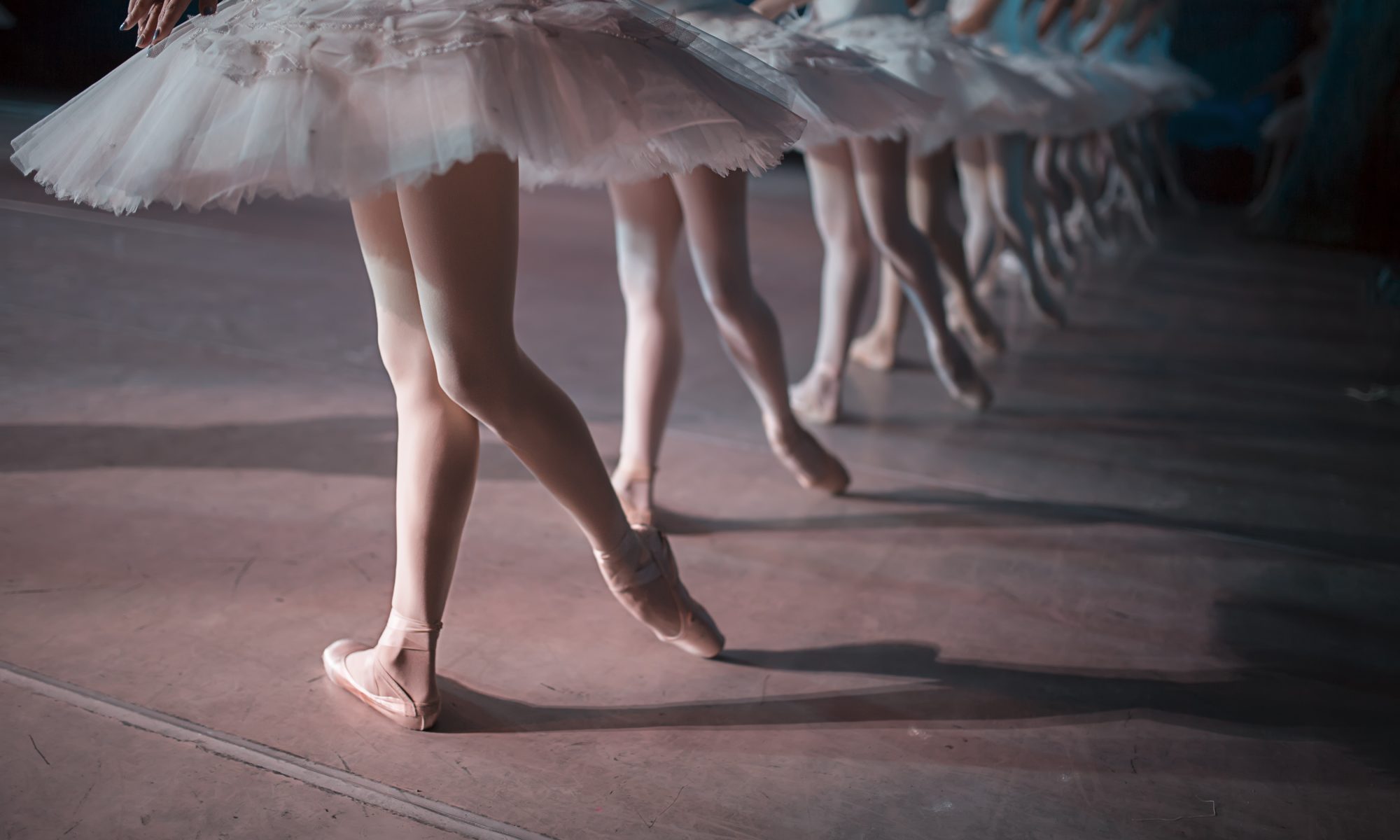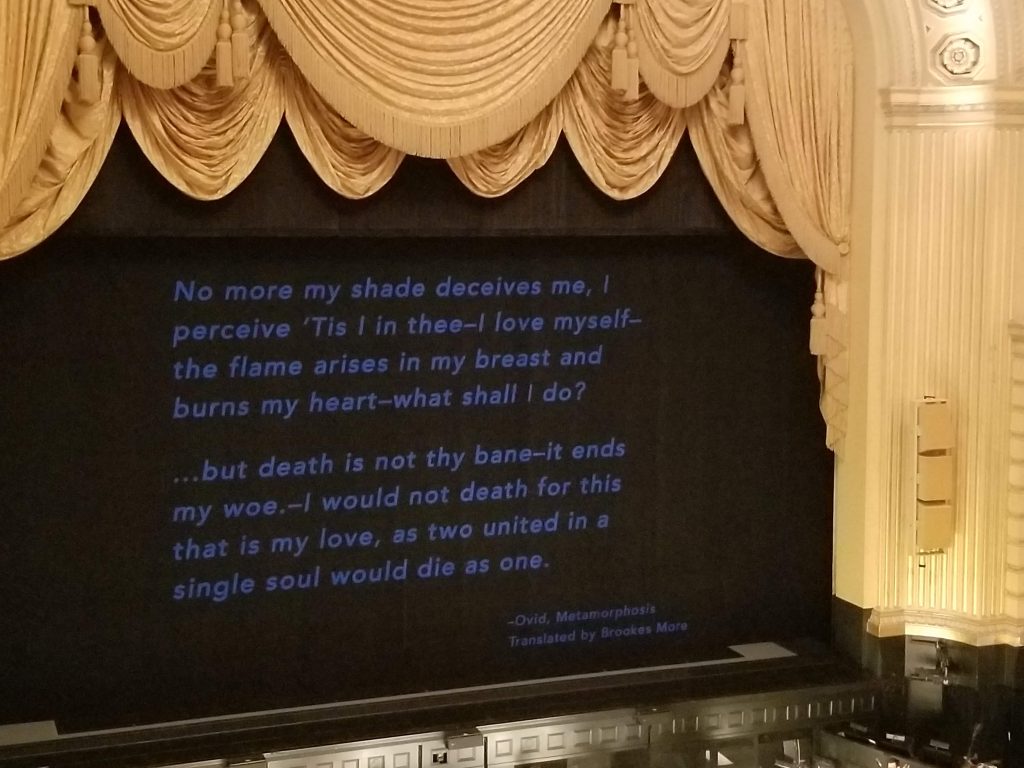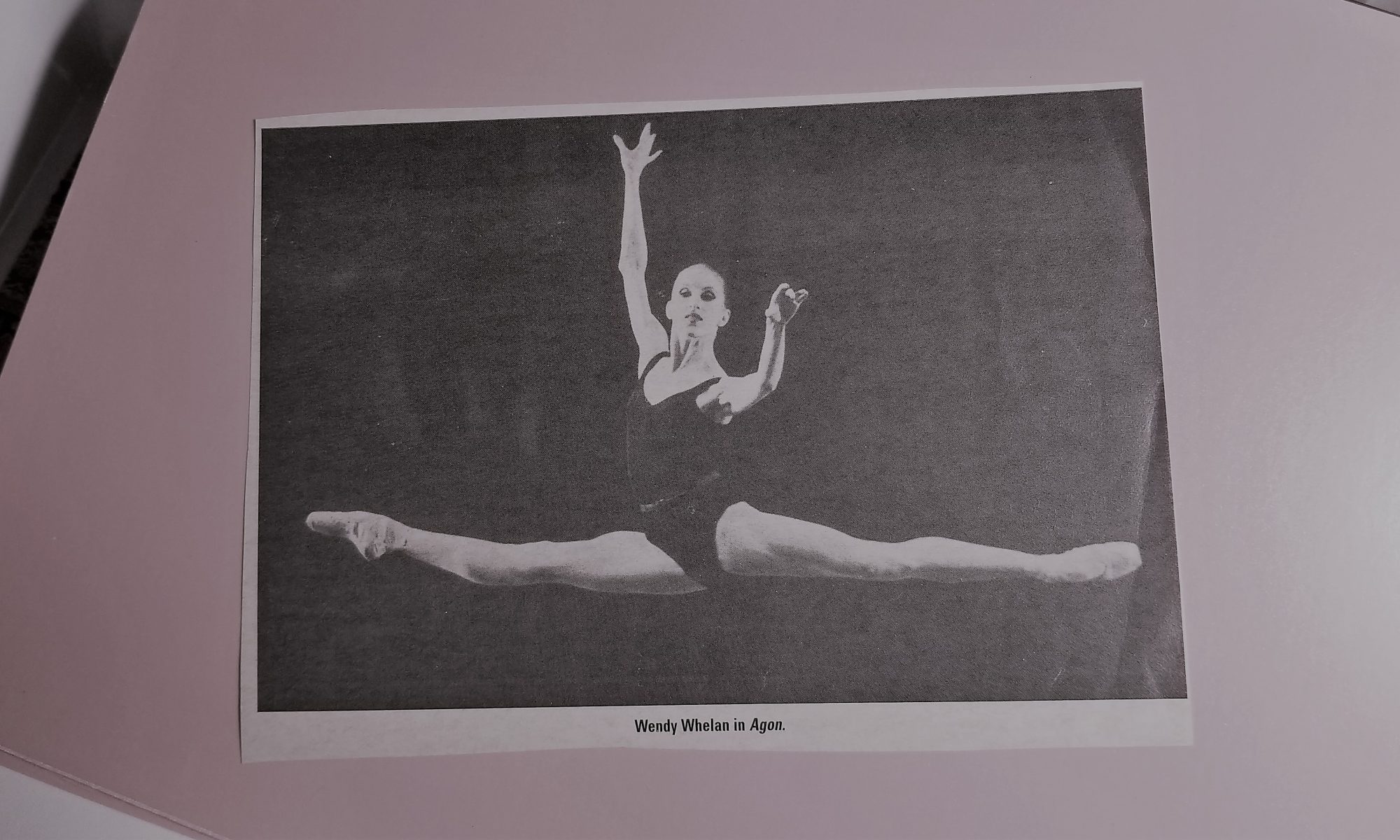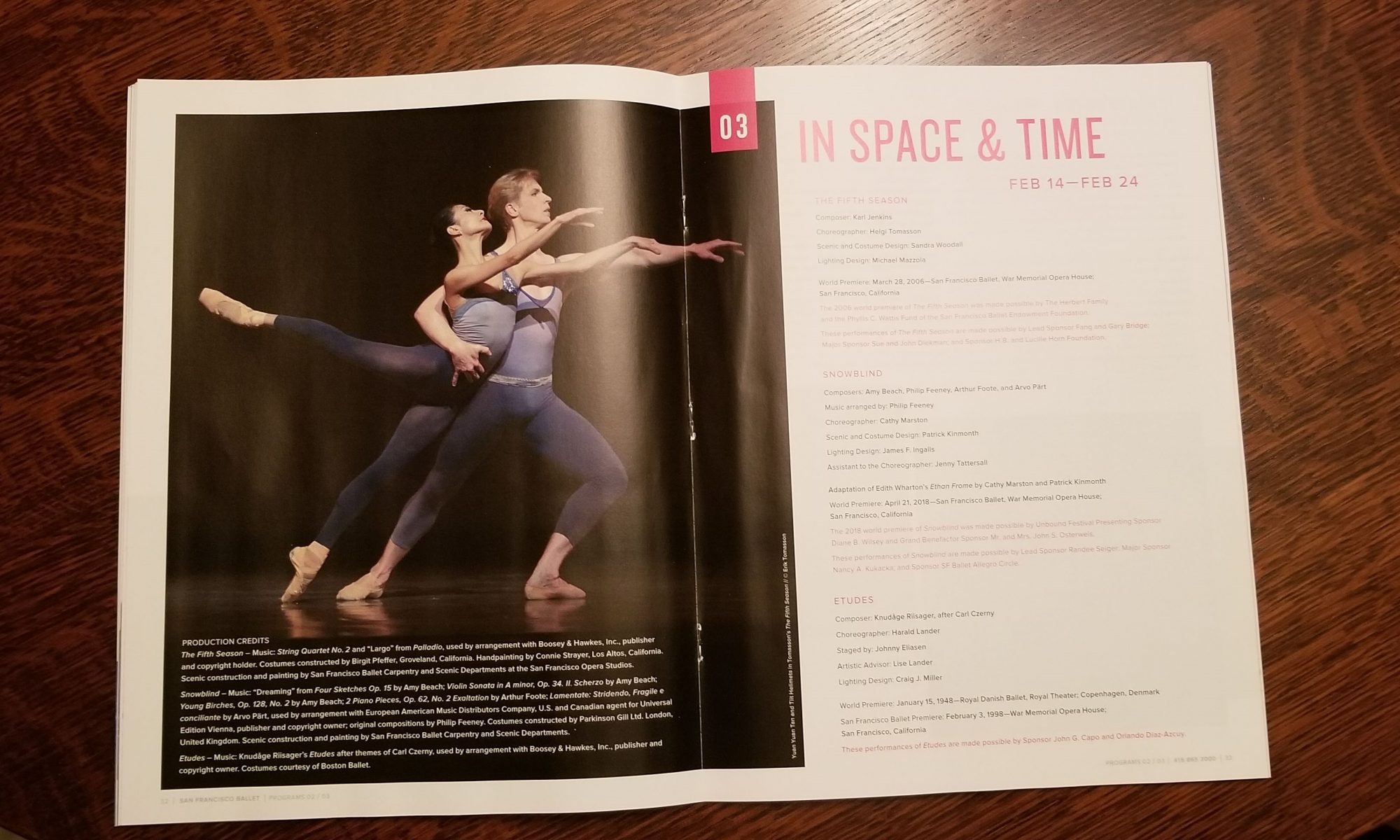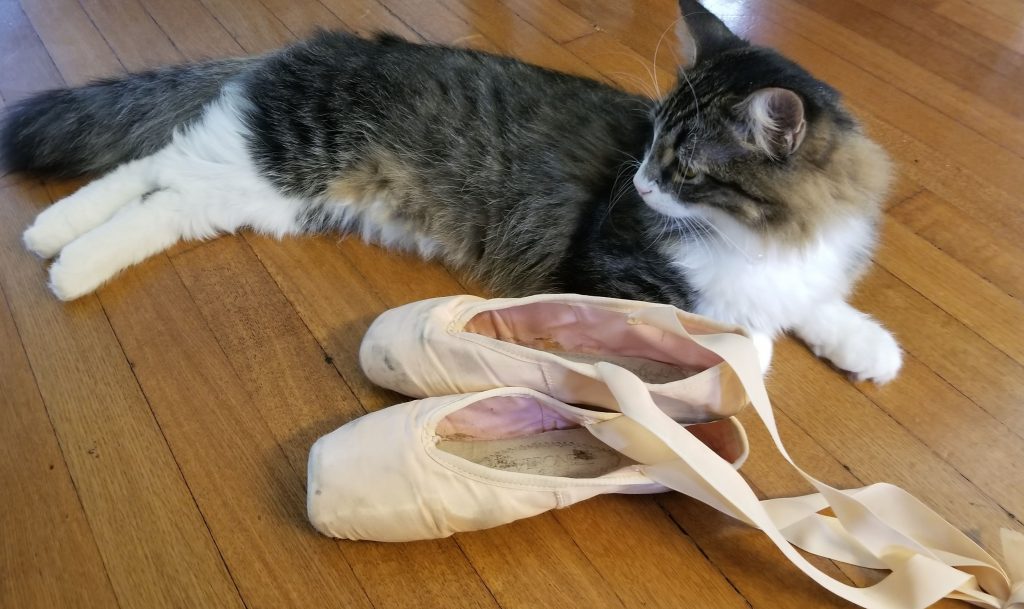On February 15, mom and I attended Program 3 of the San Francisco Ballet 2020 Season. The title of the program was Dance Innovations. It was an evening of three contemporary works (three visions of ballet), The Infinite Ocean by Edward Liang (premiered 2018), The Big Hunger by Trey McIntyre (a world premiere), and Etudes by Harald Lander (circa 1948).
We had just seen Etudes last year and I wasn’t particularly interested in seeing it again. The one thing that I will say about it is that it was a lovely palate cleanser after the two more avant garde pieces and I feel like the dancing was a bit sharper than it had been last year. Both my mom and the woman who sits next to her were delighted by the clean, classical technique and the brightness of the movement. It was very smart to program such a traditional work at the end of the evening.
Since I’ve already discussed that piece, I am going to focus on the other two, which I found tremendously interesting.
THE INFINITE OCEAN
Composer: Oliver Davis
Choreographer: Edward Liang
World Premiere: April 26, 2018 – San Francisco Ballet
I had thought that we might have seen this piece last year, but when I went back to check, mom was right, it was not on the program that we saw (don’t you hate it when that happens?).
An interesting synchronicity here is that I have been listening to the City Ballet podcast on my walks and the episode that I had just been listening to that week was Edward Liang talking to Wendy Whelan about his career as a dancer and now as a choreographer. He was talking about a different commission, but it was interesting to hear about his process. I could see how he would have applied the same sort of approach to this piece.
I really enjoyed the music for this work. The composer, Oliver Davis, is Liang’s frequent collaborator. Liang describes Davis’s style as modern, minimalist baroque. I felt like it enveloped the stage, the dancers, and the movement. There were at least a couple of places in the score that seemed to me like they would make a great car commercial (I mean that as a compliment).
This piece had to do with death and dying, with individuals coming to terms with their own imminent mortality. The interesting things about the movement had to do with how the ensemble would come together, move as a unit, but without any sense of connection – it was as if everyone was one the same journey, but alone. Even the partnering had that lack of connection.
Liang’s movement vocabulary didn’t fall into the trap of contemporary choreographers trying to make “interesting” or “modern” movements. He retained a classical vocabulary, but expanded traditional steps with a sense of lightness, softness, freedom. Sort of like the idea of the dancers learning to let go.
THE BIG HUNGER
Composer: Sergei Prokofiev
Choreographer: Trey McIntyre
World Premiere: February 13, 2020 – San Francisco Ballet
Speaking of synchronicity, there seems to be some synchronicity in my small ballet world these days about Prokofiev. There was Christopher Wheeldon’s Cinderella last month, this piece, but also a discussion of some of his other pieces on that City Ballet podcast. Before now, the things that came to my mind when I thought of Prokofiev were The Love for Three Oranges and Romeo and Juliet. I’m interested to discover what it is that the universe wants me to learn from Prokofiev.
The program notes for this piece were really interesting. McIntyre was inspired by a Korean film, to consider the Bushmen of the Kalahari Desert’s concept of two hungers. On the one hand is big hunger – man’s search for existential purpose. On the other hand is little hunger – physical needs like food and shelter. I would equate little hunger to the bottom tiers of Maslow’s Hierarchy of Needs – physiological and safety needs, and big hunger to the top tiers – esteem and self-actualization. For McIntyre, conflict arises when little hunger pursuits are given big hunger value.
The dancers were comprised of three couples and an all-male ensemble. The first couple opened the piece. They were dressed in pink, short, coverall-style jumpsuits. Were they in charge? Or were they instigating something? The backdrop featured a very distinct door with illuminated green EXIT sign above it. Then the ensemble makes a bold entrance wearing bright pink pageboy wigs, white collared shirts and short shorts and the first pair make a run for the EXIT.

In the next scene, the space opened up, became more abstract, and the EXIT was graffiti covering the entire back wall. It was like a warning to get out now. The second couple both wore the same wigs and costumes as the ensemble. Were they becoming assimilated into the rat race?
Next scene, the EXIT is gone, now there is no way out. The third pair (both men) enter wearing grey/blue versions of the pageboy wig and long, grey overcoats. At that point the costumes changed to the grey/blue wigs and grey shirts/shorts for all the dancers including both previous couples. We’ve lost the vibrancy from earlier. The dancers have gotten so wrapped up in their little hunger that they missed their shot to satisfy their big hunger.
I loved the athleticism of the movement in this work and the sense of something just being a bit off. I loved the way that things kept degenerating. Even the change from the bright wigs to the grey/blue wigs was like another step in toward the eventual collapse. I really hope that they program this piece again next year, I would really like to see it again.

